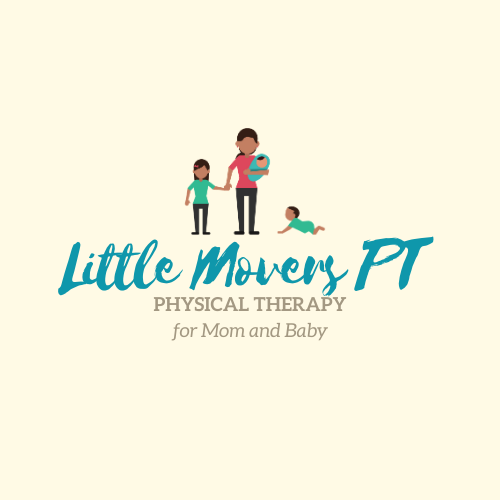What is "bodywork" for a baby?
/When it comes to addressing a tongue tie in a baby, "bodywork" refers to a collection of therapeutic techniques and interventions aimed at improving the overall well-being and functioning of your baby's body, particularly focusing on their tongue and related muscles and structures which includes aspects from the head all the way to the toes.
Here are some key aspects of bodywork for a baby with a tongue tie:
Tongue Tie Assessment: The first step often involves a thorough assessment by a healthcare provider, such as a pediatrician, dentist, or ENT, to confirm the presence and severity of the tongue tie. A tongue tie occurs when the thin strip of skin beneath the baby's tongue (lingual frenulum) is shorter than usual, restricting the tongue's movement.
Frenotomy or Frenuloplasty: In some cases, a healthcare provider may recommend a procedure called a frenotomy or frenuloplasty to release the tongue tie. This minor surgical procedure involves snipping or lasering the tight band of tissue to allow the baby's tongue greater mobility. It is typically a quick procedure.
Oral Motor Therapy: This is a form of bodywork where a specialist, often an occupational therapist, physical therapist, or speech therapist, works with your baby to improve their tongue and oral muscle function. They may use exercises and techniques to help the baby strengthen and coordinate their tongue movements.
Chiropractic Care: Some parents choose to explore chiropractic care for their baby as a form of bodywork. Chiropractors may use gentle adjustments to improve the alignment of the baby's spine and neck, which can affect their tongue tie and overall comfort.
Craniosacral Therapy: This is a gentle hands-on bodywork technique that focuses on the craniosacral system (the membranes and fluid that surround the brain and spinal cord). It is believed to help release tension and improve overall body function, including issues related to tongue ties, tension patterns from the head to toes, relieve stress along the cranial bones from birth, and release any trauma held in the fascia.
Lactation Support: Bodywork may also include working with a lactation consultant who can help with breastfeeding techniques, positioning, and latching to ensure that the baby can feed effectively before and after the tongue tie is addressed.
Massage and Gentle Stretching: Parents should incorporate gentle massage and stretching exercises into their baby's routine to promote relaxation and improve muscle function in the mouth and tongue area, the neck, diaphragm, hips and pelvic floor, thighs, calves and even feet.
Beth from Little Movers is a physical therapist who practices craniosacral therapy. She utilizes transitional therapeutic exercises, DMI therapy, stretching, massage, CST, and oral motor therapy all in one session to achieve the correct postural and motor control in each child. She performs bodywork on children of all ages but will additionally refer out to other specialities to add to the team when necessary like feeding therapists, neuro, GI, allergy, and more. If you’re interested in performing bodywork in your own home, check out her education company Little Movers Education that has a platform of online courses and 1:1 coaching. As always, book a FREE high level chat with Beth with further questions.


